Introduction: Alice is a support engineer at TS foundation, a software development firm. Single sign-on for its apps is one of its features.
ALICES’ DAY TO DAY CHALLENGES: Her job is to assist consumers and fix problems as needed. When she receives a ticket for an issue, the first place she looks is the logs on the assigned servers. She continues to look for comparable terms or keyword matches. Meanwhile, records are changing every minute, making her search increasingly difficult.
How can we assist her?
SOLUTION:
This is when the ELK stack comes into play.
ELK includes elastic search, logstash, and kibana layered together to provide a complete analytics solution.
ElasticSearch helps her to simply search logs, learn about the issue, and handle it more quickly; moreover, she can be proactive by studying the logs to determine if any of those clients are experiencing any troubles or failures.
She may now quickly log into Kibana and search for relevant keywords. She may further narrow down her search by utilizing a timestamp filter. Monitoring single sign-on activity is simple with several display graphs on dashboards.


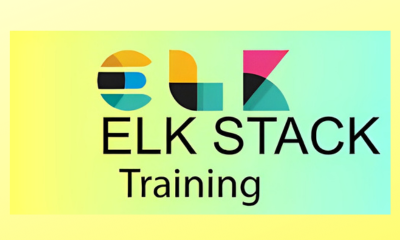





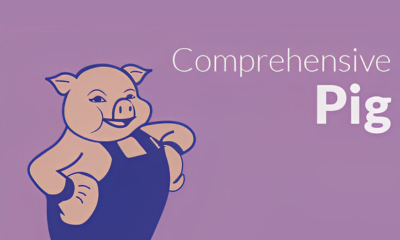
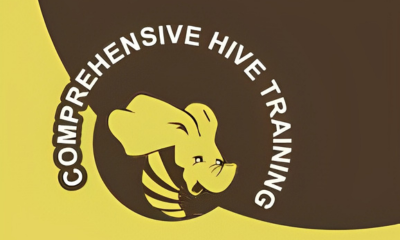

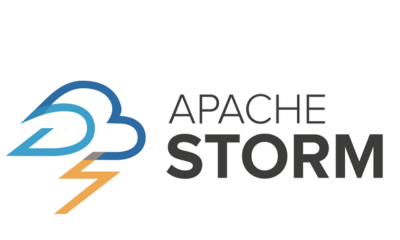



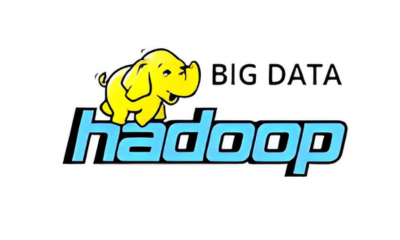
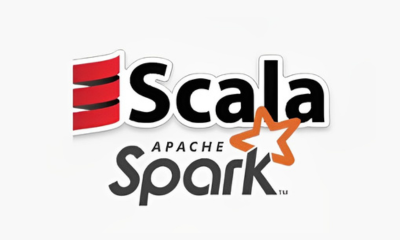
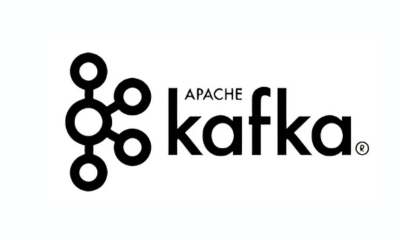
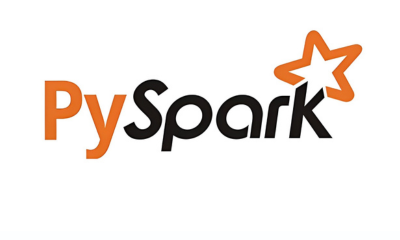
_CC638171112769017880_.jpg)







